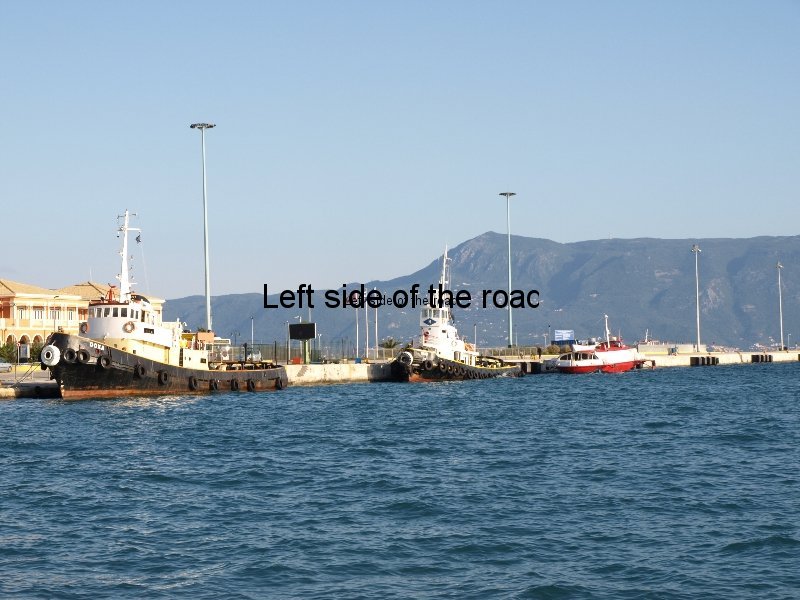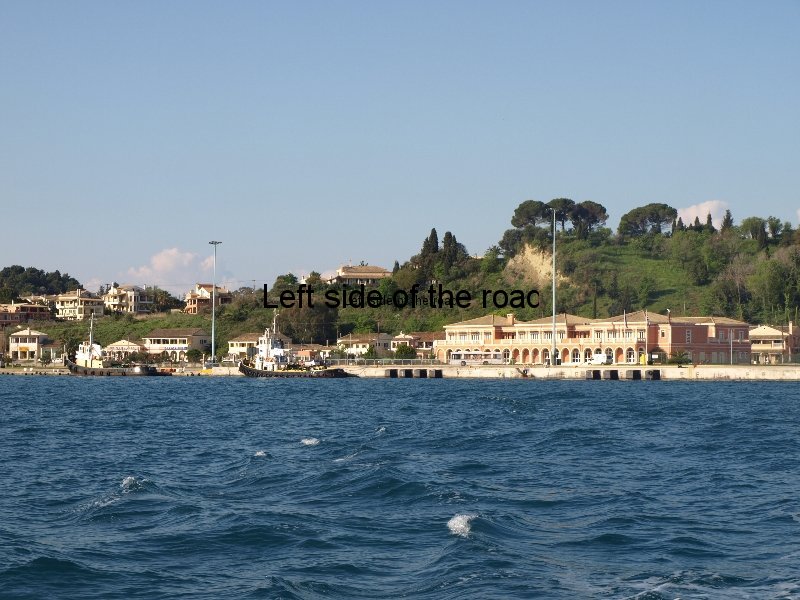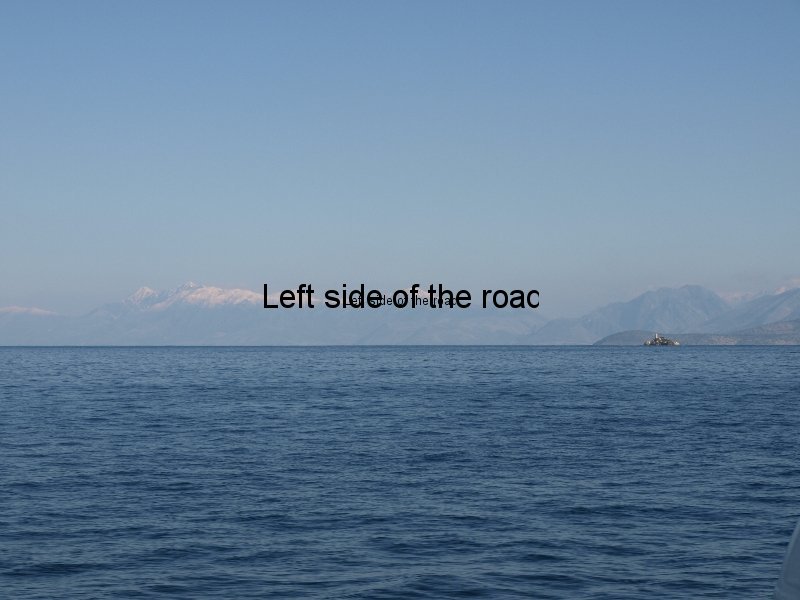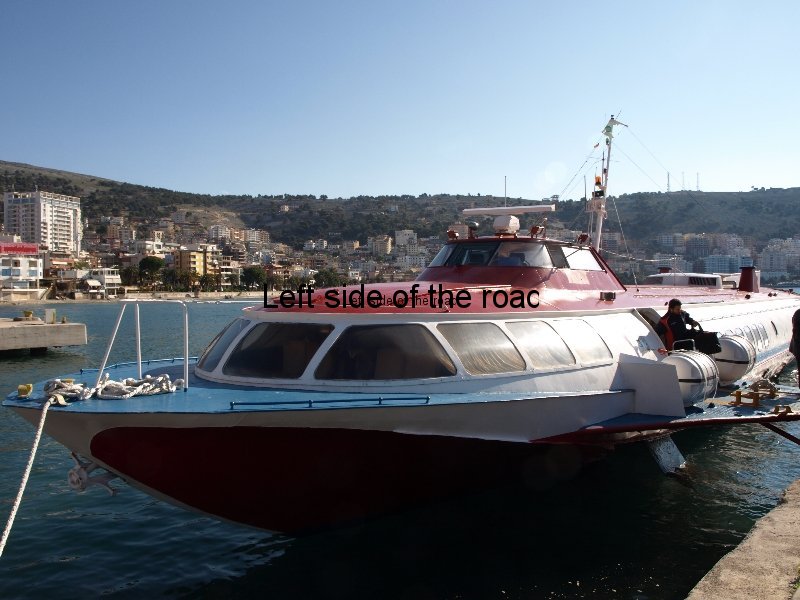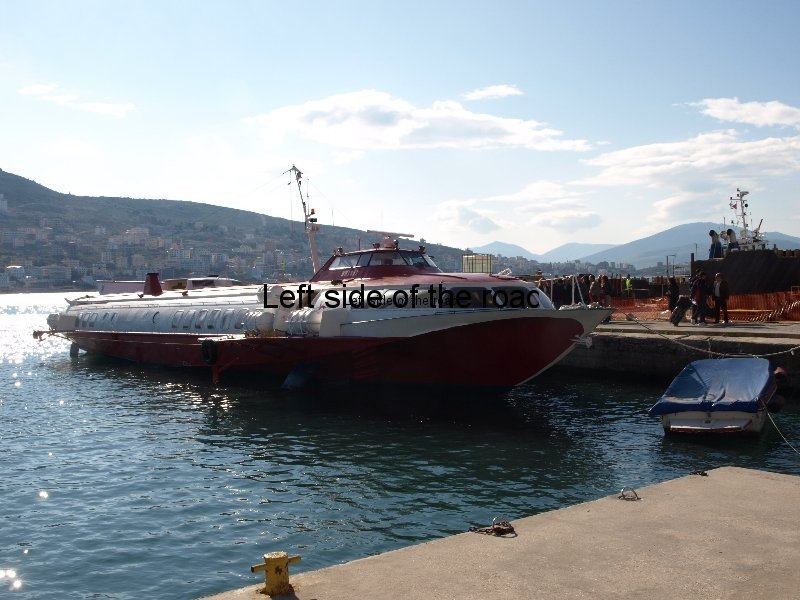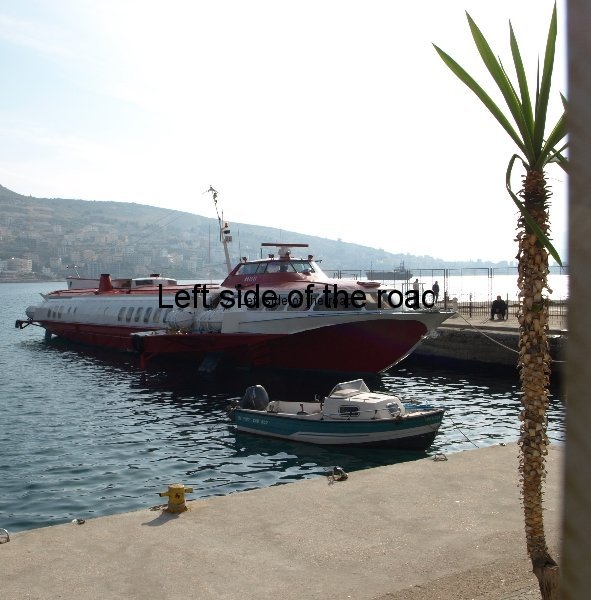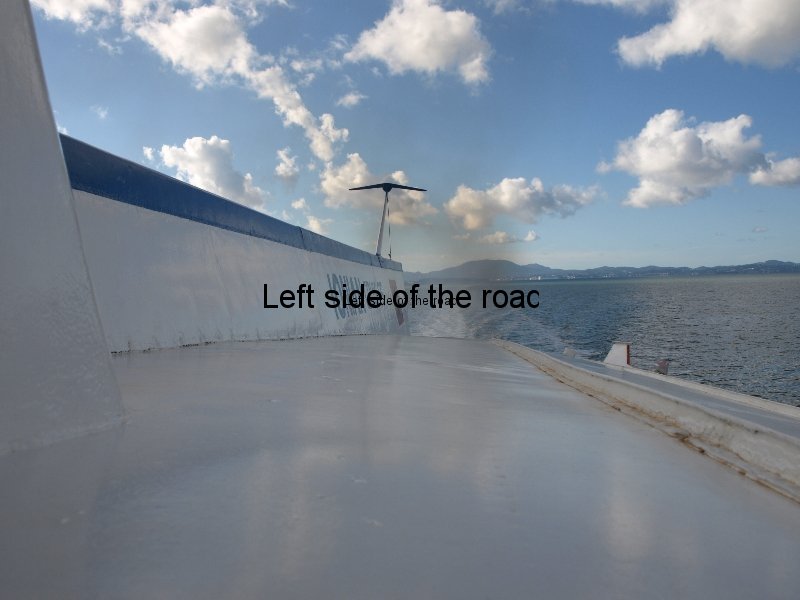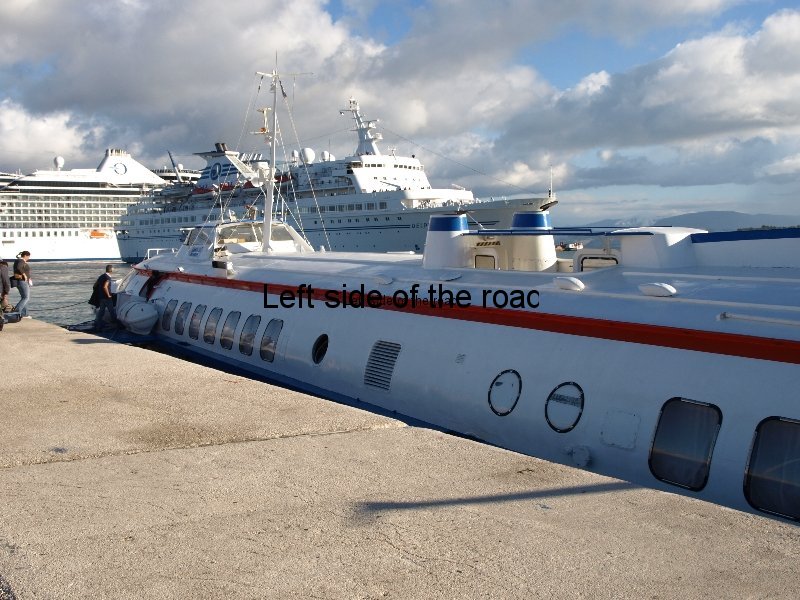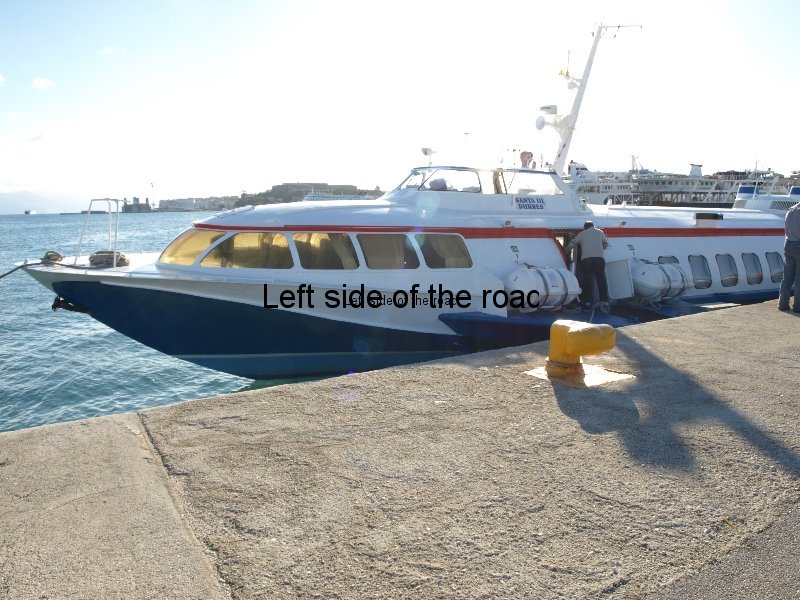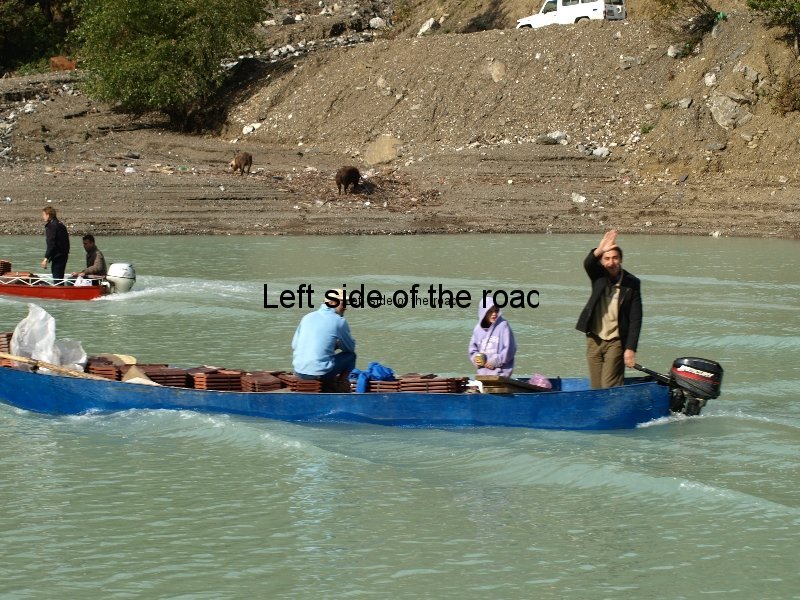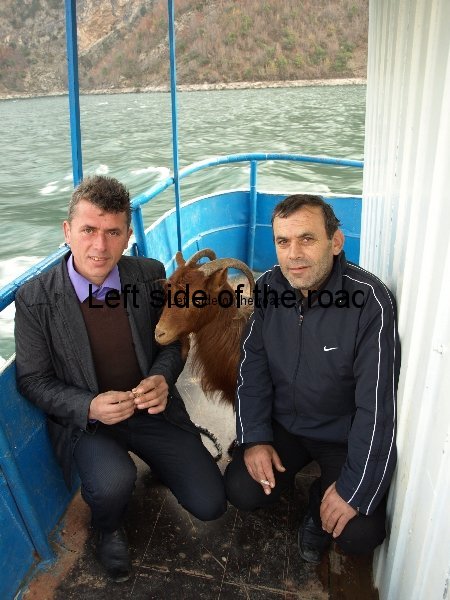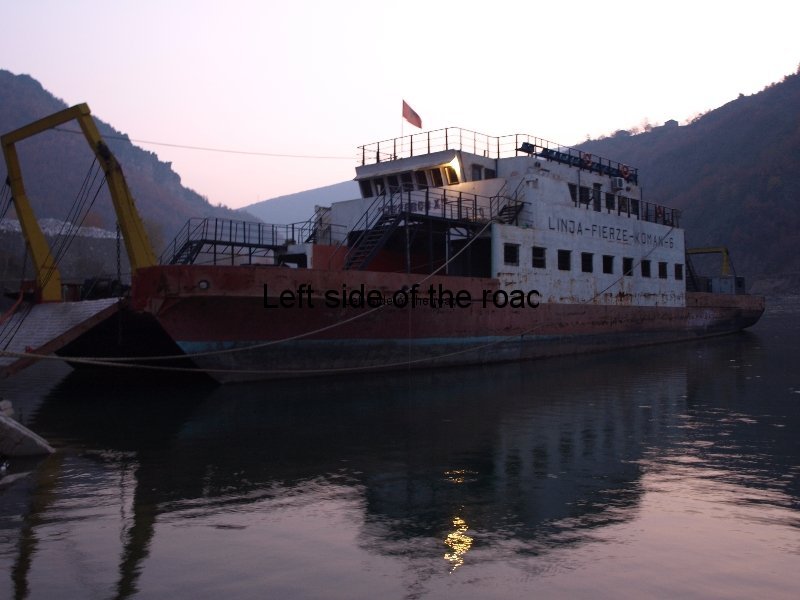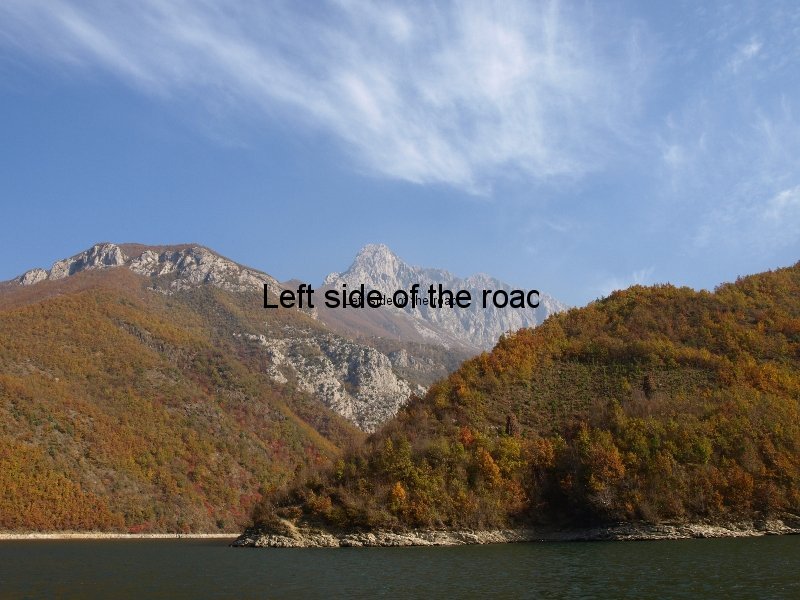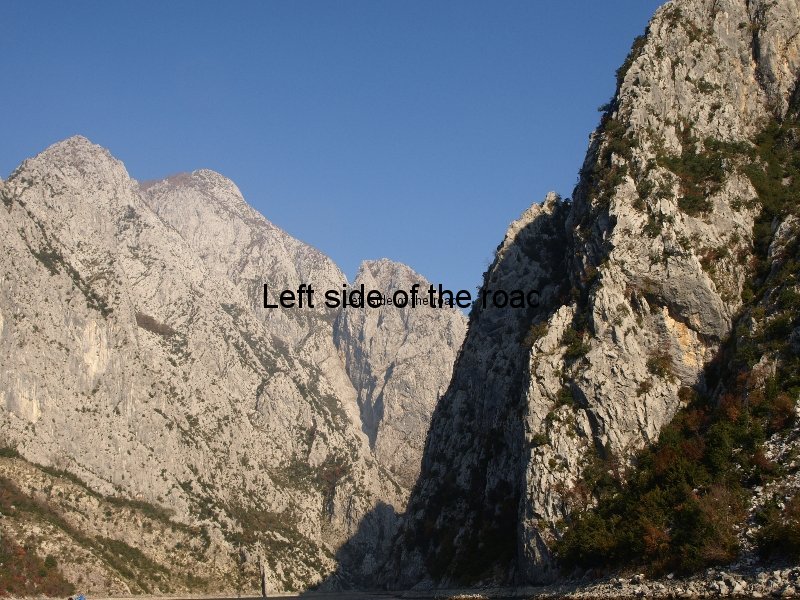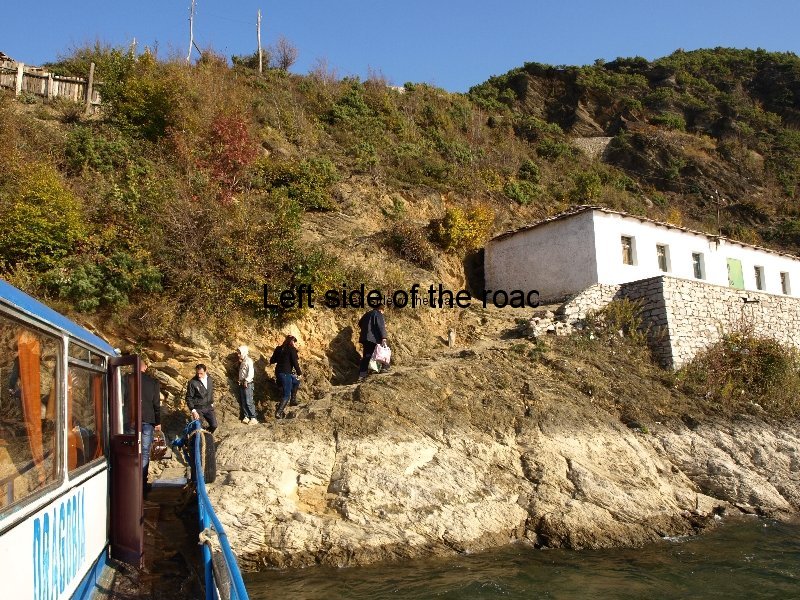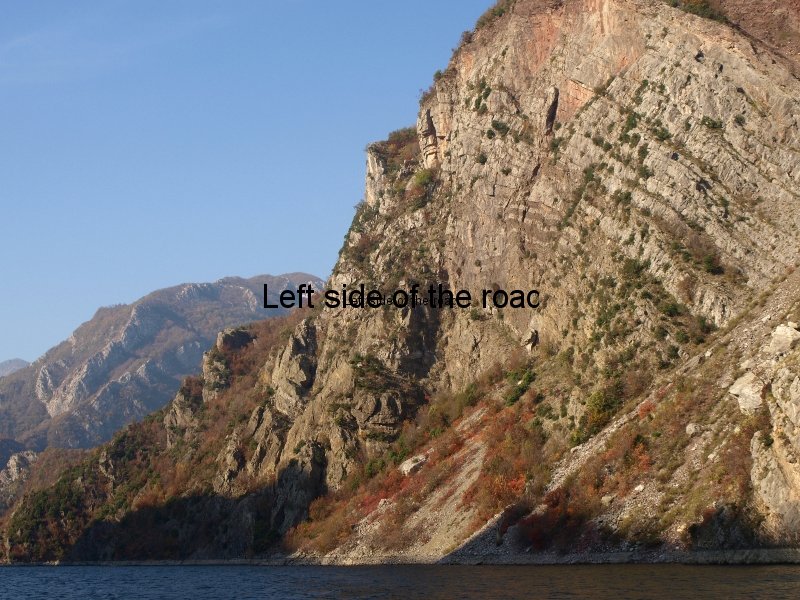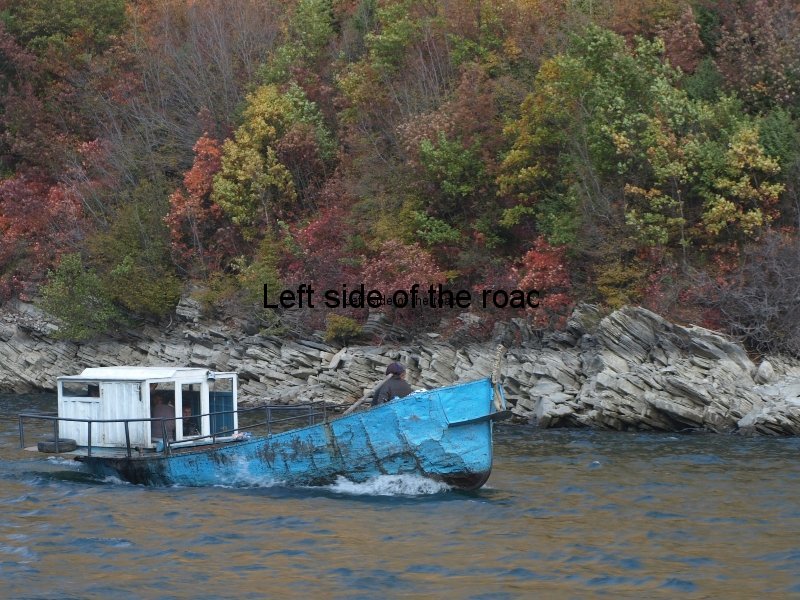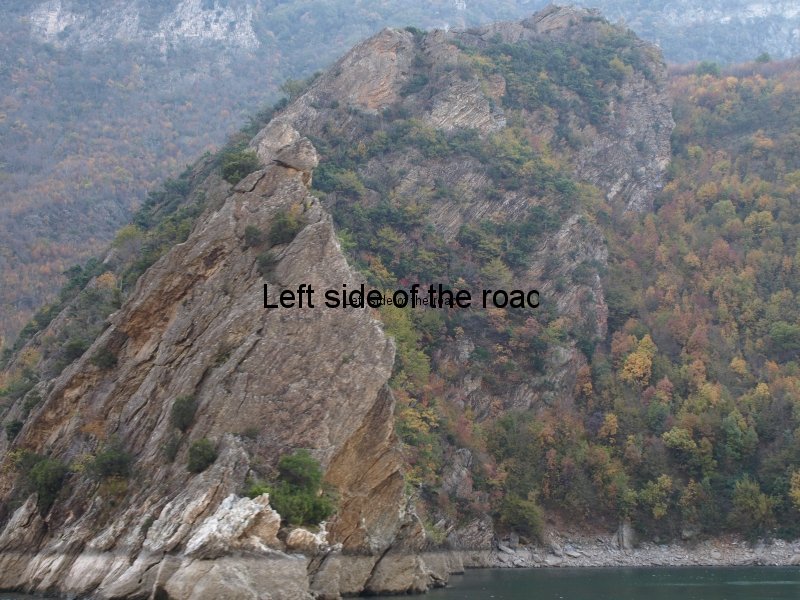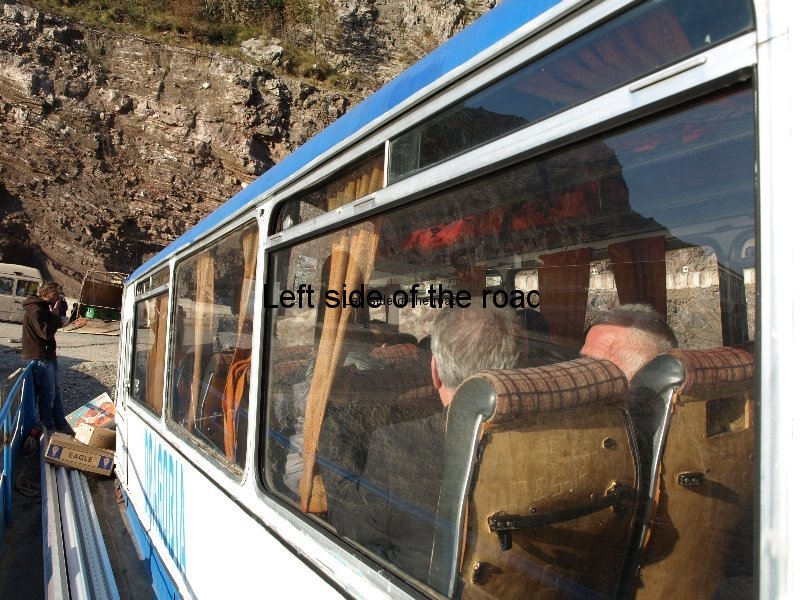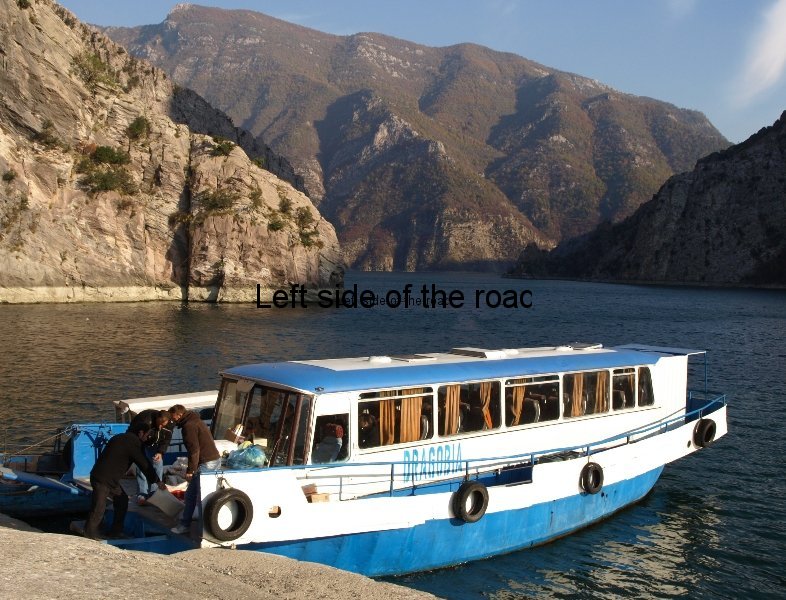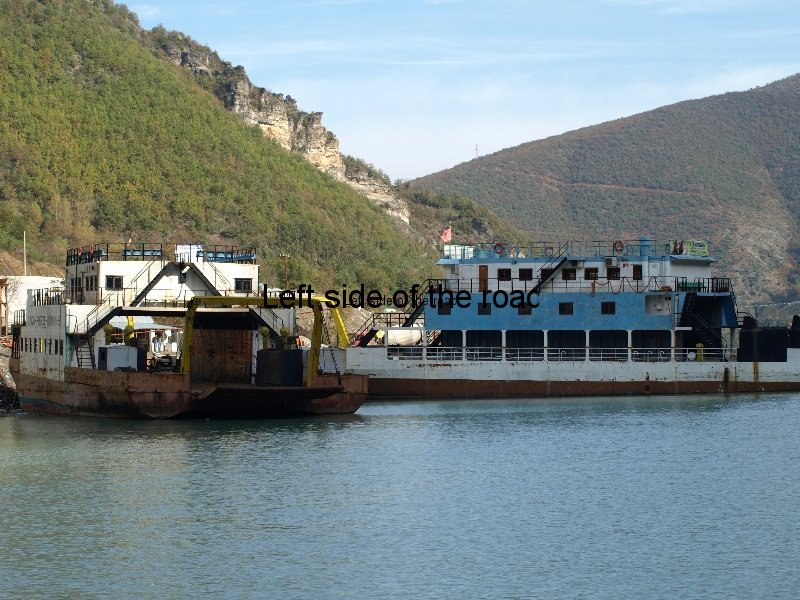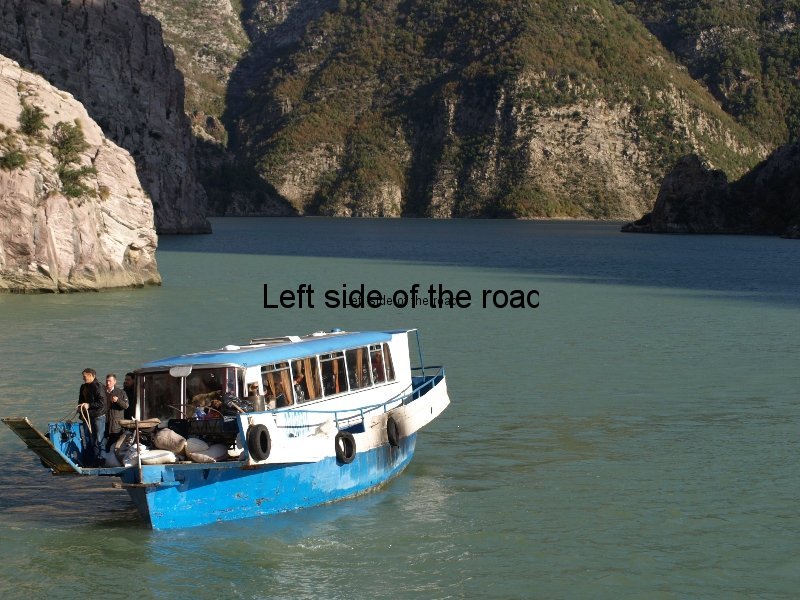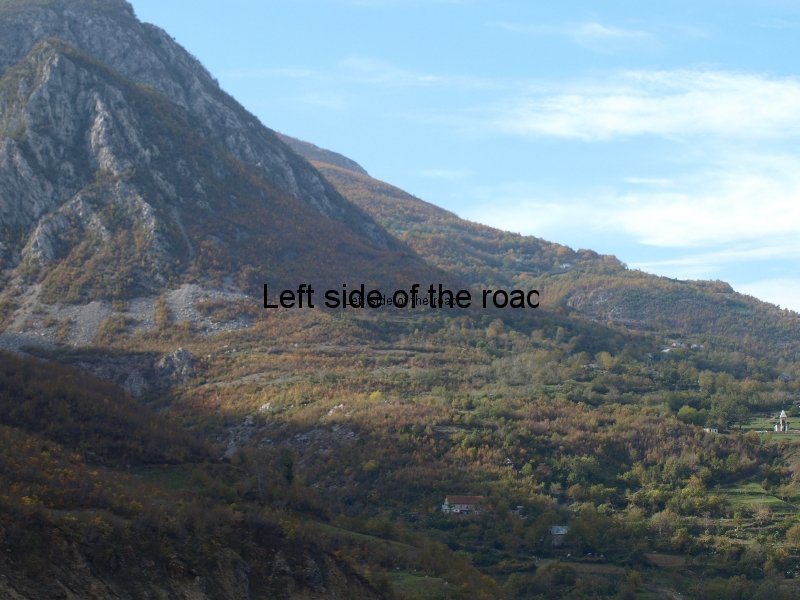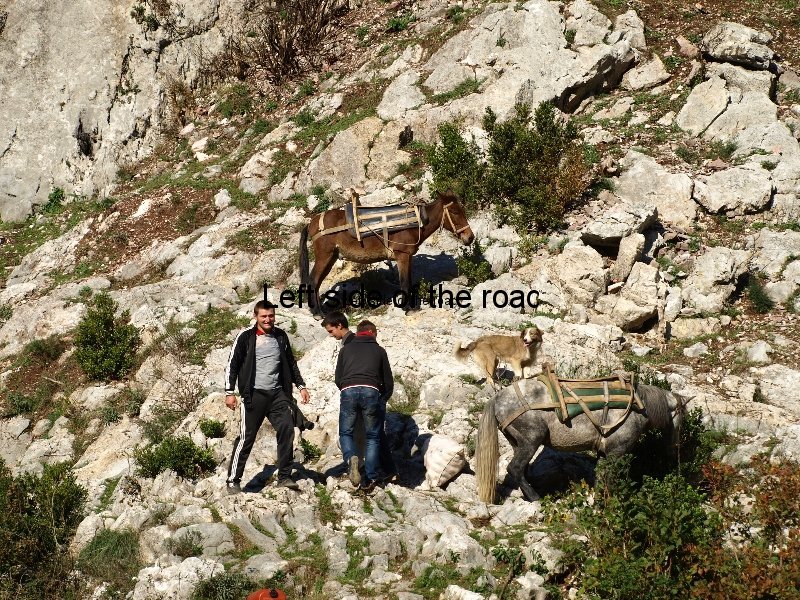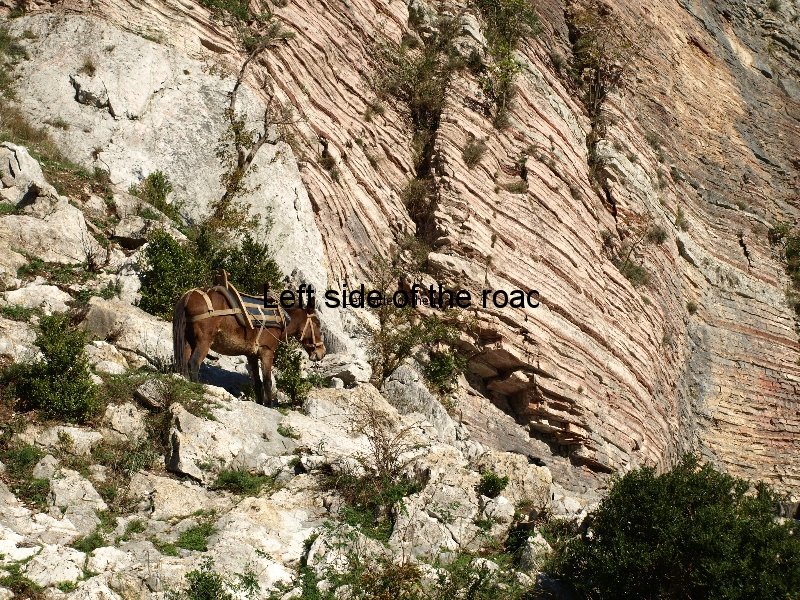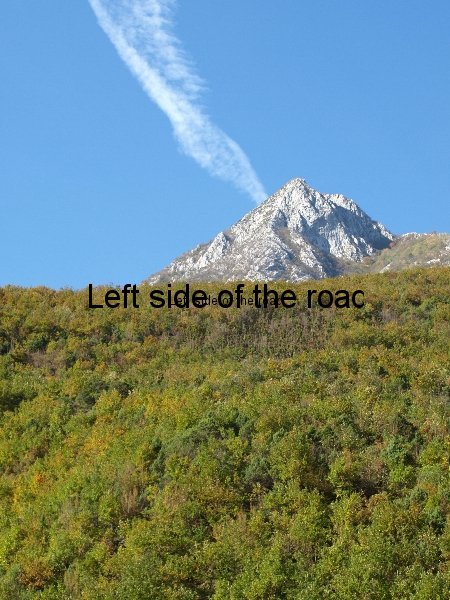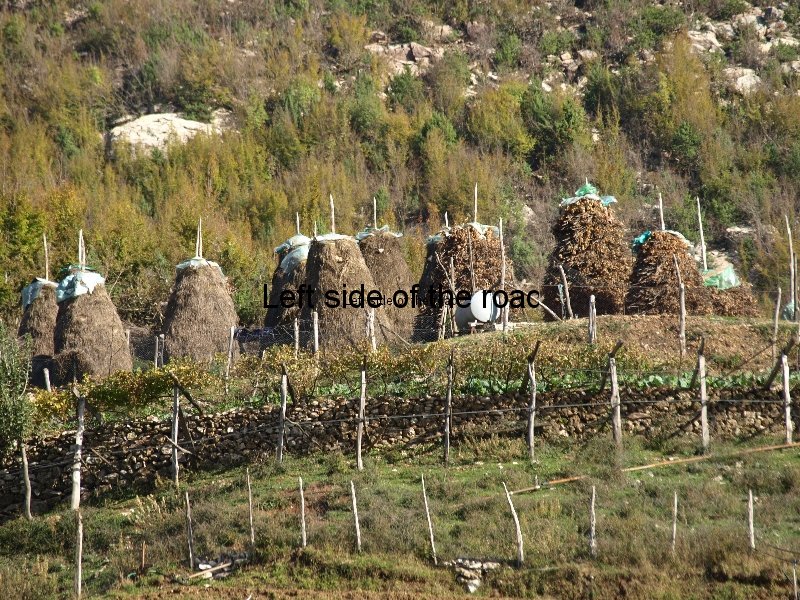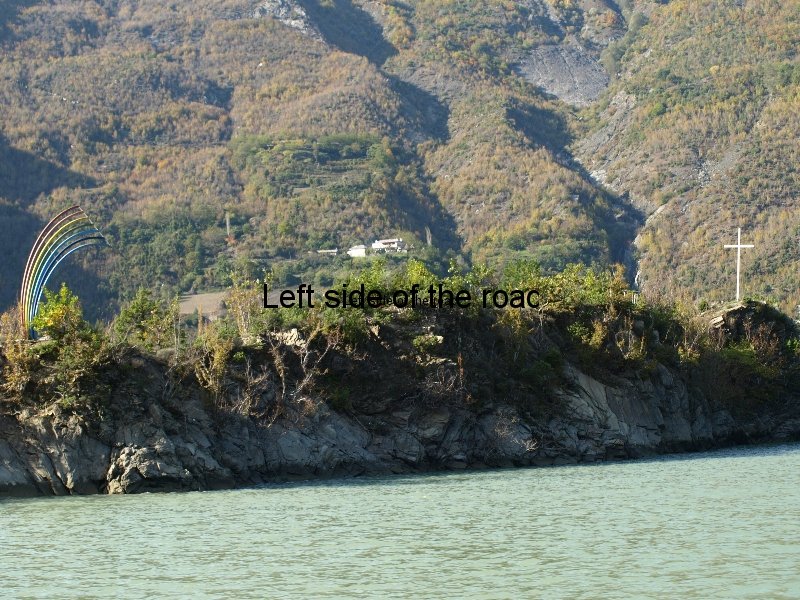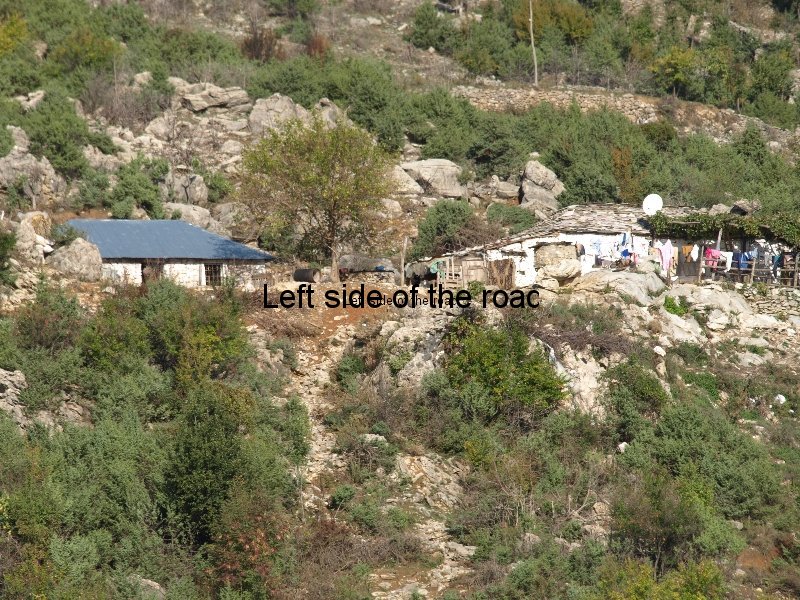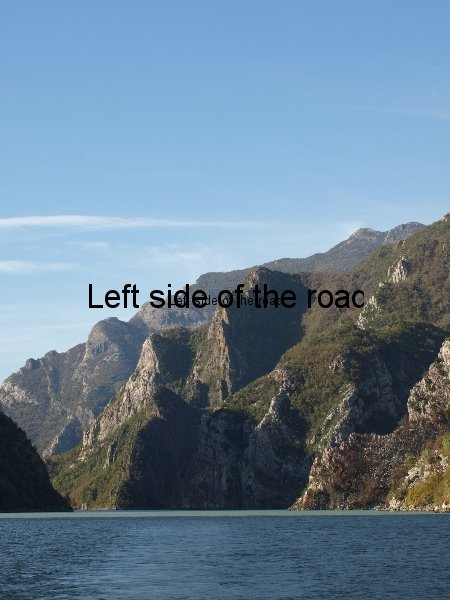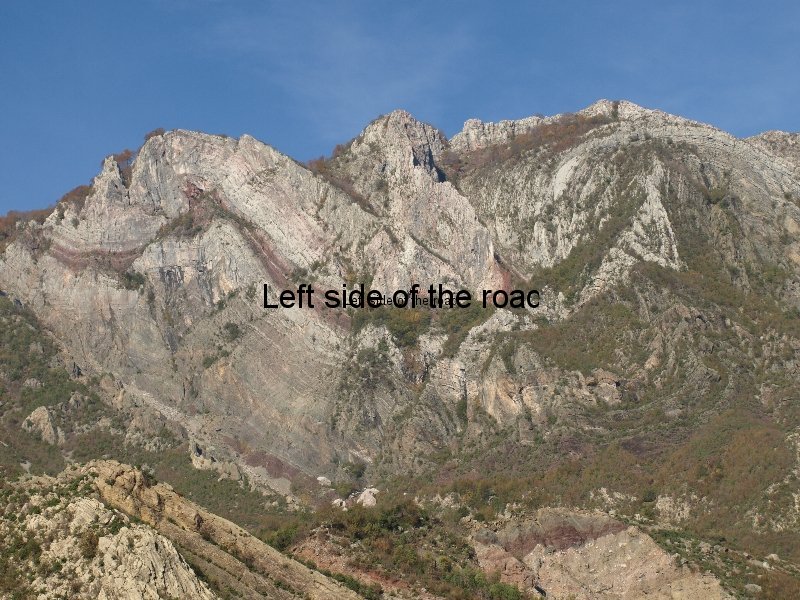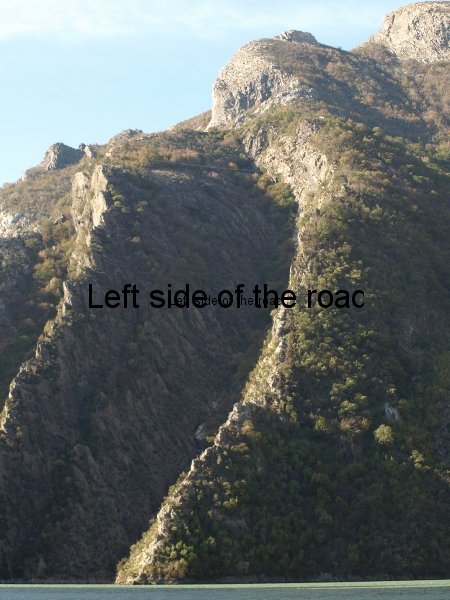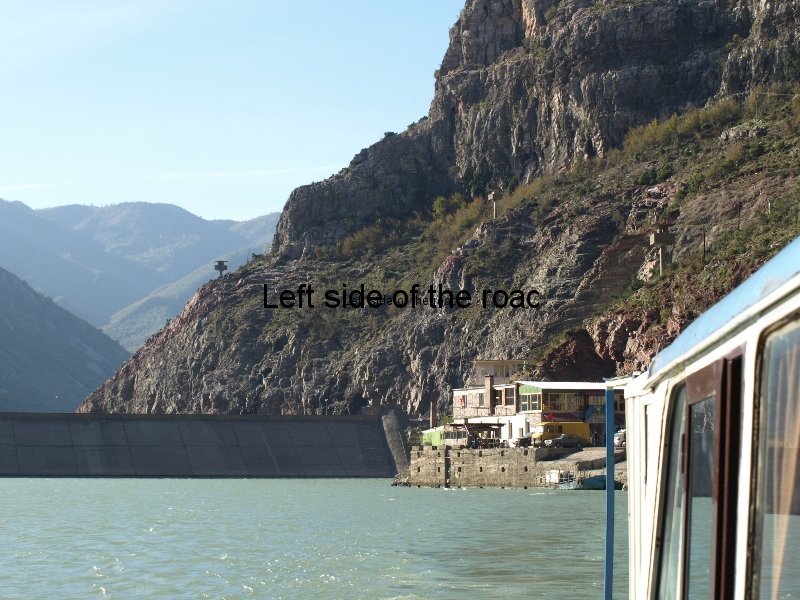
Hydrofoil Kristi – Saranda port
Corfu to Saranda ferry – a travellers’ view
One of the best ways into Albania is via the ferry from Corfu to Saranda in southern Albania. What follows is the practical information of what you need to know to make that process easy and – hopefully – trouble free.
I’ve been to Albania three times now, so far, and each time via Corfu. The first time I arrived late at night and was expecting to leave on the ferry the next morning. That was thwarted due to an annual safety check on the hydrofoil (so I was told though I heard a different story in Saranda) which meant there was no departure for three days. The second time everything went as it should and the journey was made much easier due to my previous experience. What surprised me the most was there was no way I could find detailed information about the logistics of getting across a relatively narrow stretch of water. This posting is an attempt to give an as up to date and accurate step by step approach to getting from one country to another as is possible.
Where you buy your tickets depends upon the time of year. During the high season, when there is more than one sailing a day, there is a kiosk just inside the main New Port entrance, to the left backing on to the main road. However, outside of the months of June to September tickets are only sold in the company’s office.
This is the head office of Ionian Cruises. That’s a grand title but it’s based in small shop facing the Domestic Terminal building, which also houses the biggest café in the area (as well as a left luggage office) on the road that runs parallel to the sea. There is a small sign indicating that they sell tickets to Albania (in English).
All the details I’ve been able to collect are as follows:
Ionian Seaways, 4, Ethnikis Antistaseos, 49100 Corfu, Hellas.
(The website has improved significantly since I first published this post. Any additional information will more than likely be found there, e.g., vehicle tariffs.)
Tel. : +0030 26610 38690, 31649, 25155
Fax : +0030 26610 38787, 26555
The office is open from 08.00 and the people who work in there speak English, which makes life easier for some of us non-Greek speakers.
Fast Ferry – Hydrofoil
You need your passport and you MUST buy a ticket before going to the boat. As of April 2018 the adult cost is €19 each way in the low season. The cost increases to €23.80 from mid-June to mid-September. Children go for half price. Departure Times (all year) are at 09.00, but with 2 or 3 extra sailings from the middle of June to the middle of September. Check the website for times when you want to travel. The latest sailing from Corfu is 18.30. Apart from possible disruption due to the weather or mechanical issues the ferry should run every day of the year. There is now a facility to book and pay online.
The hydrofoil leaves from the top end of the new port. This means that after buying your ticket in the office you have to get to the main entrance to the Port of Corfu which is about 400m along the road, heading northwards out of Corfu town. Once through the main gates turn left and head to the New Passenger Terminal, the sandy coloured building about a 100m away. Here you will get your passport and ticket checked. There is also a small Duty Free shop but few other facilities.
Duration of journey: 30 minutes.
Once on board leave your bag at your seat (or at the luggage store by the entrance) and go right to the back of the boat and get a sensation of speed without being blinded by the spray that obscures any sightseeing from the cabin. The boats are Kristi, Santa and Santa III, Komet class hydrofoils, not that young any more but still up to the task in hand.
Remember to put your watches/time pieces forward one hour when landing on Albanian soil (you effectively arrive before you have left!).
Car Ferry
A ferry taking vehicles is also now an option. From 16th May till 25th October there’s a departure from Corfu at 19.00. There’s an extra ferry between 1st July until 25th October at 13.00. From Saranda the departures during the same dates are 10.30 and 16.00 (local time). Costs are too complex to list here but all are on the website.
Duration of journey: 70 minutes.
These times and prices are valid for 2019.
There are no visa requirements for citizens of the European Union, citizens of other countries should check first. Passport formalities are remarkably innocuous on entering (or leaving) Albania. The passport will be scanned and recorded on the immigration service computer. You normally get a stamp in your passport if arriving or leaving by boat but this is not always the case at land borders. The lack of a stamp took me by surprise the first time I entered by land, from Greece, but later learnt that this is common and you shouldn’t be concerned if there is no entry stamp.
Once you leave passport/customs control you might well be approached by Tomi. He’s an English-speaking Albanian who runs a basic hostel less than 100m from the port entrance. If you are new to the country, want to meet other foreign visitors to pick their brains about what/when/where the hostel is a good place for all of this. Tomi also is a mine of information and if he doesn’t know the answers will almost certainly know someone who does. If you miss him you can call his mobile, +355694345426.
Another good place to check out is the Dolphin Hostel, located at 168, Rruga Lefter Talo. This is just above the street Rruga Flamurit, which is effectively Saranda’s interurban bus station.
The ticket office to get tickets to Corfu is in the building on the main road, directly above the dock. The name over the office is Finikas Lines. Sailings from Saranda vary depending upon time of year. There’s always at least one a day but there are extra sailings in the peak season. Check the link above for exact sailing details.

